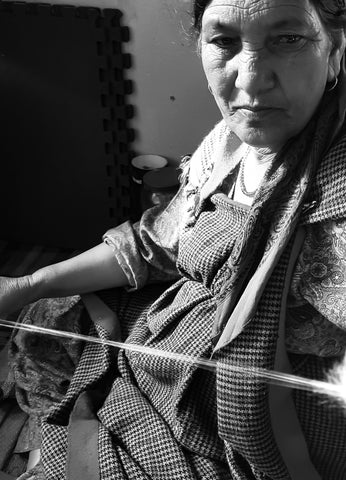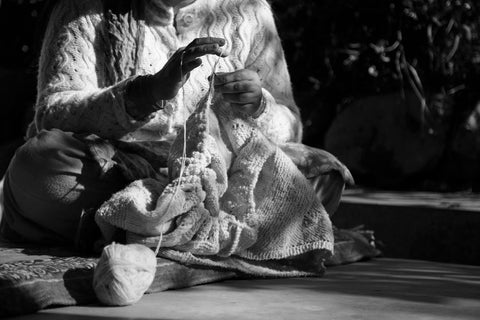Our Process
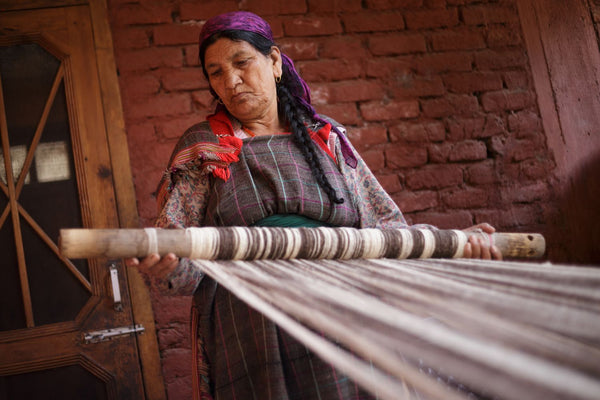
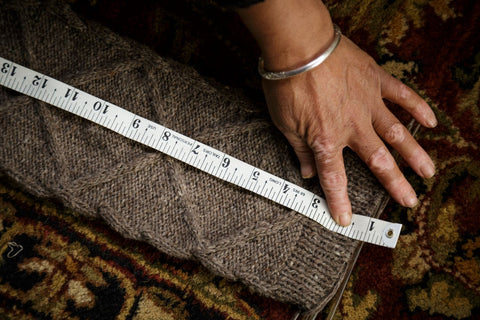
RANI & REINE
Combining creative design and artisan skill with local indigenous sheep wool, to create beautiful handcrafted products made by the artisans of Kullvi WHIMS.
.........FROM FLEECE TO FROCKFollow along as we narrate the story of how we turn wool into beautiful and functional garments and home textiles.
The Shepherds
Traditional pastoralists....
Our wool is a natural fibre that comes from sheep that graze high in the mountain passes of Himachal Pradesh, India.
The sheep travel thousands of kilometres each year, cared for by semi-nomadic shepherd communities.
The shepherds return to the villages in the valleys of Kullu-Manali and Lahaul Spiti with their sheep twice a year for shearing.
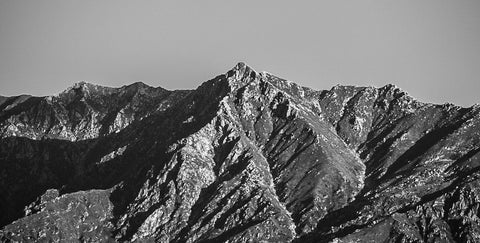
Shearing
Sheep shearing occurs in the Spring and Fall in Himachal Pradesh.
The shepherds travel down from higher altitudes to the valleys to gather for the shearing process. Hand shears are often used, and the resulting fleeces are packed into large cloth bags for carrying.
Is it safe to shear sheep?
Sheep have been bred for their wool since approximately 6000 BCE. Through the process of selective breeding, most domesticated sheep have lost their innate ability to shed their wool. Therefore, sheep must be shorn a minimum of once per year to protect them from infestation and serious illness.
Remembering
The artisans of Kullvi WHIMS
Lata remembers gathering with other villagers and family members for shearing time as a child. Her family had their own herd of sheep and goats in the Parvati Valley.
“Children would be given walnuts and other fruits so it was also a little festive scene for us. In those days, sheep and cattle were indispensable for every household including oxen, cows, sheep, and goats."
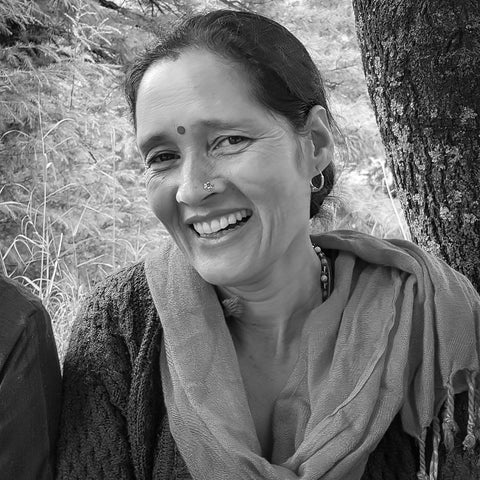
Palmo, who grew up in Lahaul, a few hours from Naggar, remembers their family had around 80 head of sheep and goats.
“The men of the house would shear sheep – my dad, brothers and uncles. People would keep 10-12 kaaths (hand shears) in every household”.
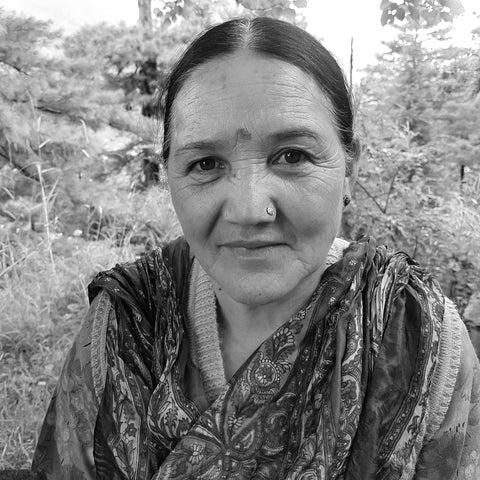
Purchasing
Our artisan partners purchase the wool for our garments as either raw fleece or carded wool from various shepherd families, when it arrives in the villages already shorn.
We hope to initiate a partnership with local shepherds so that we can purchase wool directly and consistently from select origins, provide a sustainable and consistent income for local shepherds, and be able to trace our wool back to the flock from where it came.
We’re working on it!
Our goal at Rani & Reine is 100% traceability of our wool, from flock to frock.
At the moment, we can trace from fleece to frock, and we love sharing this process with you!

Local Indigenous Wool
We currently work with two unique breeds of sheep. We incorporate their wool into designs where their distinct fleece characteristics can shine.
-
Desi wool: This durable longer fibre of the Gaddi sheep breed is sourced from villages near where our artisans partners live. We use this wool for our more rugged garments and homewares. Desi /deɪsi/ = Indian, in this case, the indigenous sheep of India.
- Bilaiti wool: This shorter softer fibre is sourced approximately 4 hours from Naggar. This wool comes from desi sheep that have been crossbred with fine wool sheep breeds such as merino and rambouillet. We use this wool in our next-to-skin garments.
Washing and Picking
After shearing, larger bits of vegetable matter from the meadows where the sheep graze are picked out of the fleeces and then the fleeces are washed by hand. For our artisan partners, this is by far the most difficult and unpleasant part of processing wool.
The women join together to complete this task, processing the big sacs of raw wool as a group, to support one another in the process. To make the process more enjoyable, they bring a picnic lunch. With the increase in orders, the task of washing wool has grown, and dancing together has become a new favourite passtime while the wool soaks!
The fleeces are then laid out to dry in the sun. Once dry, it is time for the immense task of picking the fibre, which consists of both pulling the fibre apart and removing smaller bits of vegetable matter that have survived the washing process.
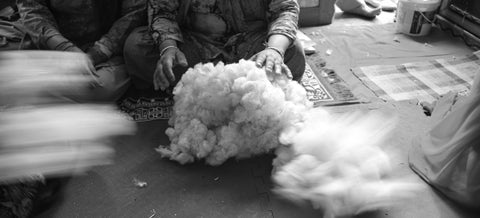
Chemical Free
Our wool has not been treated with chemicals to be able to withstand washing machines or dry cleaning.
Minimally processed wool has a natural spring and loft to it, and it retains some of the naturally occurring lanolin, a rich fatty substance found in the wool of sheep.
These aspects contribute to the warmth and naturally weatherproof nature of wool.
The unique rustic structure of natural wool provides the perfect backdrop for texture and motif to shine, while avoiding any of the negative ecological impacts associated with the chemical processing of wool.
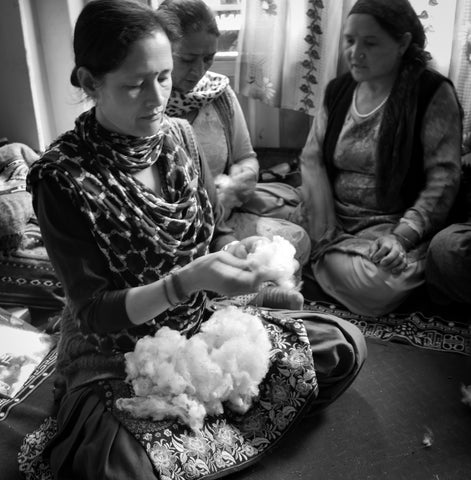
Carding
The carding mill, situated nearby in Kullu, is the only machine used in the process of creating our wool collection.
Big rollers covered with metal tynes comb the washed fleeces. Any remaining bits of vegetable matter are removed and the fibres are alligned into rovings, long lengths of carded fibre which is then wound into balls, ready for spinning.
Interesting fact: Our grey yarn is created by mixing undyed natural black and white fleeces together, which is done during the carding process.
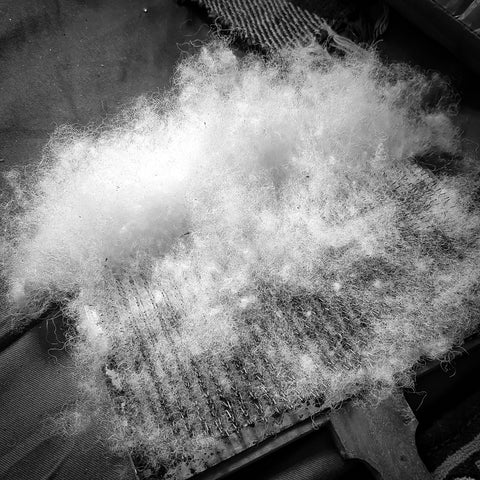
Spinning
Once the wool comes back from the carding mill, it’s time for spinning.
Our yarn is completely spun by hand.
Artisans in the Kullu Valley use two traditional types of wooden spindles – one for spinning and one for plying.
The spindles are made by local woodworkers from cedar or walnut wood from the nearby forests.
